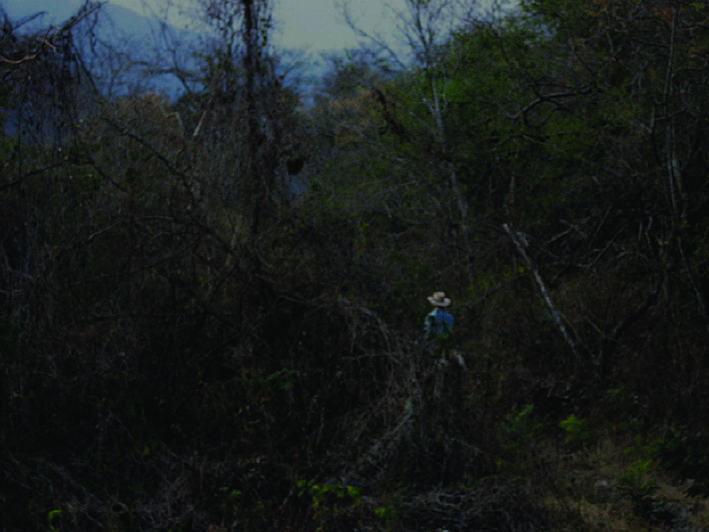
Galerie Catherine Bastide 62 Chaussee de Forest, Vorstsesteenweg B-1060 Brussels Belgique
"Three hundred and sixty five massive nights without the days, this is what I wish upon the haters of the night."
Renée Char, Le nu perdu
In his forthcoming exhibition at the Galerie Catherine Bastide, Jean-Pascal Flavien will present a series of new works related to his night house at daytime project. This project is that of a house steeped in a continuous night. The project is defined by means of two architectural models, while a series of other works echo its constitutive tensions and concerns across a variety of different media.
The two models of the night house at daytime, made out of tinted concrete and acrylic glass, are of a house that lives in a night of its own making. The exterior walls are painted with a dark color, as if colored by a surrounding darkness, and the windows are tinted to filter the sunlight. The house itself would be lit from the inside with artificial lighting, twenty hours a day, so as to maintain the same intensity of light at all times. Each floor or level of the house is designed as a landscape, the shadows and cutouts of the ground floor giving way to the boulder-like shapes of the first floor and the staggered sequence of the blinds on the second floor, each set at a different level. Accompanying these models are two round painted metal sculptures, both titled "my sun," that are installed on the walls of the gallery. Each has its specific color, glow, and size. Each is intended to function as the personal sun of the person who chooses to live with it.
A third series of works consists of photographs of a cowboy riding a horse in a Mexican landscape. The images appear to have been taken at nightfall, but their obscurity is actually that of the tinted plexiglass of their frames. As with the house, these images are cast in an artifical night of their own making, the single figure cast in what one imagines to be a perpetual dusk, a perpetual nightfall. A fourth series of works consists of books, also framed with the same tinted plexiglass. These books, by authors including, Harold Hart Crane, Jean Genet, George Bataille, and Robert Creeley, are open at specific pages, pages in which a certain form of night or nightfall is expressed. As with the photographs, the artificial obscurity of the tinted plexiglass echoes the obscurity conveyed by the texts themselves.
In all of these works, the interplay between light and darkness, day and night, obscurity and illumination is a twofold one. It is both that of the house itself and of the world that the house creates for itself, as well as that of the world as seen from inside the house, through the darkened lenses of its windows and from within the suspended twilight of its interior.

